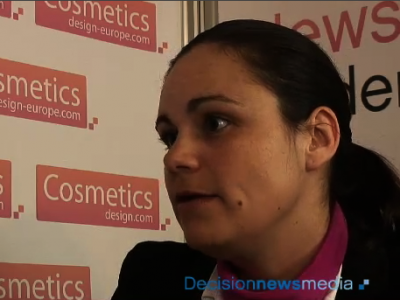Repair ingredient could replace UV filters in everyday products
The ingredient, Uniprotect PT-3, is a blend of ethyl linoleate (EL) and panthenyl triacetate (PTA), both thought to be involved in the stimulation of antioxidant pathways.
According to Induchem’s Dr Kuno Schweikert, the ingredient’s protective effect is related to its stimulation of the enzymatic repair system rather than blocking UV rays.
“Until now, most day creams have UV filters to protect from irradiation. But, we need UV light to produce vitamin D3,” he said.
Replacing the UV filters with Uniprotect PT-3 in everyday formulations would reduce the effects of photodamage without interfering with the vitamin D pathway, he said.
In addition, he said the ingredient could be used in conjunction with UV filters in a sun care product to give a more complete protective effect.
In vitro study results
In research that recently featured in the International Journal of Cosmetic Science, the ingredient protected against oxidative damage to proteins at a level comparable to that of SPF20.
The study was in vitro and used a number of skin samples removed during cosmetic surgery.
Uniprotect 3 per cent was applied onto the epidermis of biopsies before or after being irradiated with UV. The effect of the complex on decreasing protein oxidation, as well as on mediating the reduction of repair enzymes caused by the UV damage, was compared to the effect of an SPF 20 formulation and an untreated control.
According to the results, the application of the ingredient pre- and post-irradiation led to a decrease in protein oxidation by 72 and 78 per cent respectively.
In addition, repair enzymes (including MSRA, GSR and TXN) that were down regulated with UV irradiation, remained at higher levels after treatment with the ingredient.
Although further studies are needed to clarify the exact roles of EL and PTA in the complex, the study suggests that their ability to stimulate glutathione synthesis, which in turn could stimulate the activity of the repair enzyme glutathione reductase (GSR), could play a key role.
Source: International Journal of Cosmetic Science
Issue 32, pages 29 – 34
A bioactive complex to protect proteins from UV-induced oxidation in human epidermis
K.Schweiker, F Gafner, G. Dell Acqua






